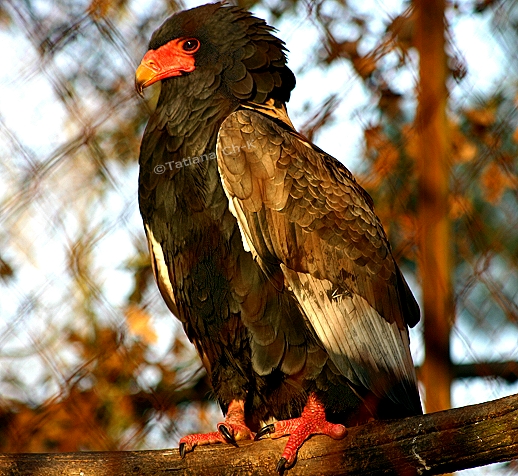|
| Query: eagle | Result: 2005th of 2262 | |
Eagle == bateleur (Terathopius ecaudatus)
| Subject: | Eagle == bateleur (Terathopius ecaudatus)
| | Poster: | Tatiana Ch-K (tatiana.chaumeron@wanadoo.fr)
| |

| Resolution: 518x476
File Size: 272351 Bytes
Upload Date: 2005:03:12 22:49:22
|
|
|